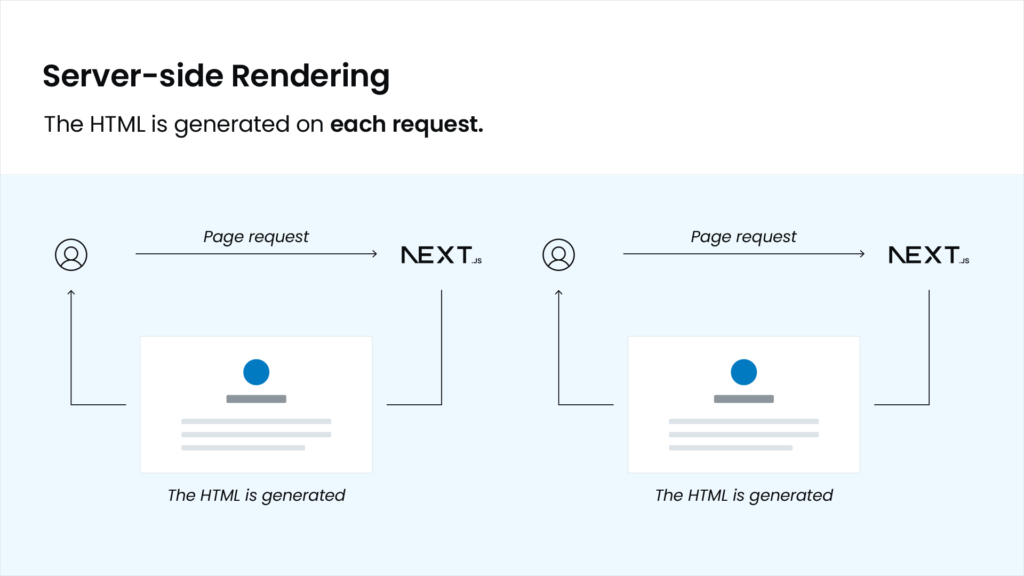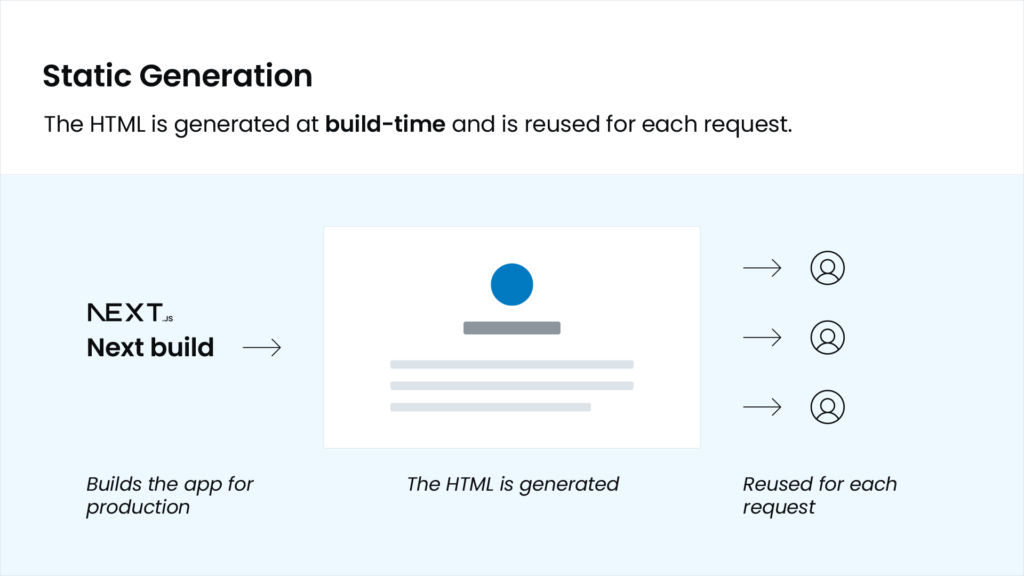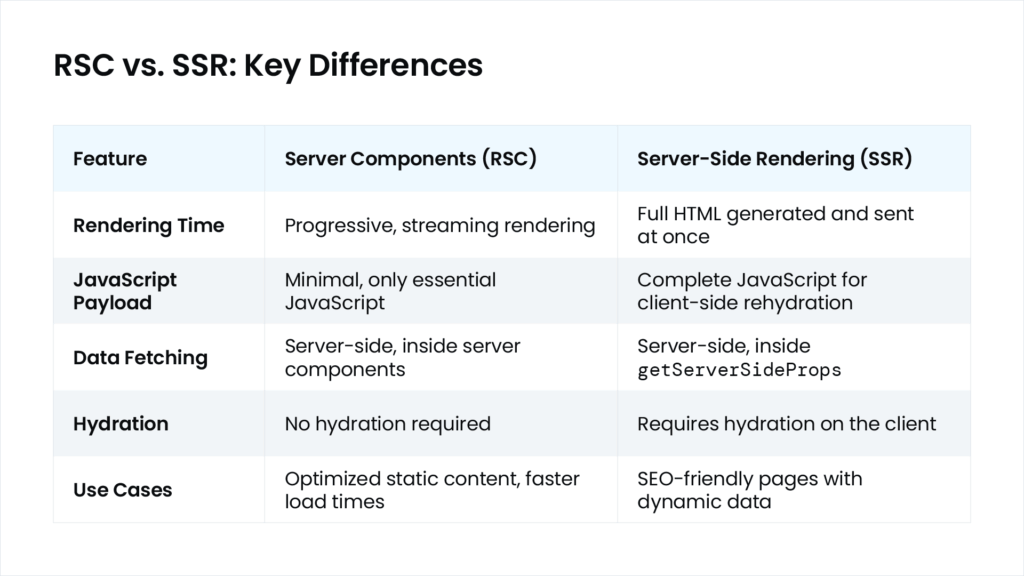 ENG
ENG- Branchen
- Finanzen
Nearshore-Softwareentwicklung für den Finanzsektor – sicher, skalierbar und Compliance-gerechte Lösungen für Banking, Zahlungsverkehr und APIs.
- Einzelhandel
Softwareentwicklung für den Einzelhandel – E-Commerce, Kassensysteme, Logistik und KI-gestützte Personalisierung durch unsere Nearshore-Engineering-Teams.
- Verarbeitende Industrie
Nearshore-Softwareentwicklung für die Industrie – ERP-Systeme, IoT-Plattformen und Automatisierungstools zur Optimierung industrieller Abläufe.
- Finanzen
- Was wir tun
- Services
- Technologien
- Kooperationsmodelle
Kooperationsmodelle passend zu Ihren Bedürfnissen: Komplette Nearshoring Teams, deutschsprachige Experten vor Ort mit Nearshoring-Teams oder gemischte Teams mit unseren Partnern.
- Arbeitsweise
Durch enge Zusammenarbeit mit Ihrem Unternehmen schaffen wir maßgeschneiderte Lösungen, die auf Ihre Anforderungen abgestimmt sind und zu nachhaltigen Ergebnissen führen.
- Über uns
- Wer wir sind
Wir sind ein Full-Service Nearshoring-Anbieter für digitale Softwareprodukte, ein perfekter Partner mit deutschsprachigen Experten vor Ort, Ihre Business-Anforderungen stets im Blick
- Unser Team
Das ProductDock Team ist mit modernen Technologien und Tools vertraut und setzt seit 15 Jahren zusammen mit namhaften Firmen erfolgreiche Projekte um.
- Wozu Nearshoring
Wir kombinieren Nearshore- und Fachwissen vor Ort, um Sie während Ihrer gesamten digitalen Produktreise optimal zu unterstützen. Lassen Sie uns Ihr Business gemeinsam auf das nächste digitale Level anheben.
- Wer wir sind
- Unser Leistungen
- Karriere
- Arbeiten bei ProductDock
Unser Fokus liegt auf der Förderung von Teamarbeit, Kreativität und Empowerment innerhalb unseres Teams von über 120 talentierten Tech-Experten.
- Offene Stellen
Begeistert es dich, an spannenden Projekten mitzuwirken und zu sehen, wie dein Einsatz zu erfolgreichen Ergebnissen führt? Dann bist du bei uns richtig.
- Info Guide für Kandidaten
Wie suchen wir unsere Crew-Mitglieder aus? Wir sehen dich als Teil unserer Crew und erklären gerne unseren Auswahlprozess.
- Arbeiten bei ProductDock
- Newsroom
- News
Folgen Sie unseren neuesten Updates und Veröffentlichungen, damit Sie stets über die aktuellsten Entwicklungen von ProductDock informiert sind.
- Events
Vertiefen Sie Ihr Wissen, indem Sie sich mit Gleichgesinnten vernetzen und an unseren nächsten Veranstaltungen Erfahrungen mit Experten austauschen.
- News
- Blog
- Kontakt

11. Aug. 2025 •8 minutes read
Is Next.js the go-to framework for modern web apps in 2025?
ProductDock
In the past, traditional server-side rendering was the dominant method for building web applications. The server would generate a complete HTML page for each request, making development relatively simple and SEO-friendly by default. However, as web applications became more interactive and dynamic, development began shifting toward client-side rendering. Frameworks like React, Angular, and Vue took the lead, as they enabled greater flexibility in building complex interfaces. While this transition brought powerful capabilities, it also introduced challenges such as slower load times, SEO issues, heavier JavaScript bundles, more complex rendering flows, and higher infrastructure costs.
Next.js emerged as a solution to those challenges and quickly became the go-to framework for building modern web applications. With built-in support for hybrid rendering, including server-side, static, and client-side rendering, API routes, React server components, and edge-ready architecture, Next.js offers developers full control over how apps are built, optimized, and delivered.
In this article, we will take a closer look at what makes Next.js the go-to solution for modern app development in 2025.
What is Next.js?
Next.js is a front-end framework built on React. React is typically used to build web applications that render content in the browser using JavaScript. However, this traditional client-side rendering approach led to issues with performance, SEO, long load times, and user experience. To address these challenges, the private company Vercel developed Next.js as a solution.
Next.js enables hybrid rendering, letting developers choose how each page is rendered, on the server at request time (Server-side rendering), at build time (Static-site generation), or on the client (Client-side rendering), depending on the needs of the application. It also includes Incremental Static Rendering, which allows pages to be updated after the site is built. This results in faster load times, improved search engine visibility, and a smoother overall user experience.
Core features of Next.js
Server-side rendering (SSR)
Server-side rendering (SSR) means that the server generates the HTML for a page at the time of request and sends it directly to the client. Unlike traditional React apps, which send a basic HTML file with a JavaScript bundle, in Next.js, the server sends the fully rendered HTML to the client as an initial response. This reduces the time needed to load and display content, ultimately improving performance and perceived speed.
SSR enables you to fetch fresh data on every page load, ensuring that end users always see the most up-to-date information. This results in a faster and more interactive user experience, which is especially important for dynamic applications that rely on real-time data.

Static-site generation (SSG)
Static-site generation is a rendering feature in Next.js that pre-generates static HTML pages during the build process, before the users even request them. With SSG, the content for each page is pre-built and served instantly, without the need to re-render anything on the server or in the browser.
In essence, SSG automates the creation of individual HTML pages, which is why they load quickly in the user’s browser, resulting in a smoother and more efficient experience. SSG in Next.js is especially useful for static websites like blogs, where content doesn’t change often. It not only gives readers instant access to content but also improves SEO as static HTML is easier for search engines to crawl and index.

Incremental static regeneration (ISR)
With traditional SSR, when a website was built, any changes required developers to rebuild the entire website from scratch, which was time-consuming and costly. Incremental static regeneration (ISR) in Next.js solves this by allowing static pages to be updated without the need to rebuild the whole site.
ISR lets you regenerate a specific page in the background whenever needed, without disrupting the user experience or requiring a manual deployment. In practice, when a user visits a page that hasn’t expired, Next.js serves the cached static page instantly. However, if the page has expired based on the defined revalidation time, Next.js still serves the outdated version to the user while regenerating the updated page in the background. Once the regeneration is complete, the new version is served to visitors, all without downtime or manual updates.
Automatic code splitting
Automatic code splitting is a feature in Next.js that breaks down the JavaScript bundle into smaller chunks, allowing for more efficient loading of code. That way, each page loads only the necessary JavaScript and CSS for that specific page, rather than loading the entire app.
In traditional React apps, the entire JavaScript bundle is downloaded when the app loads, which slows down performance, especially in complex applications. Next.js automatically splits the code by page and component, leading to faster initial loads and a smoother user experience.
React server components (RSCs)
React server components are a core feature of Next.js’s App Router. They enable rendering parts of the UI directly on the server without sending the component code to the browser. RCS can access backend resources, fetch data from a database, and render HTML, all without increasing JavaScript bundle size. Since they run on the server, they don’t support interactive UI parts, like clicks or animations.
However, what makes RSCs especially powerful is that they can be combined with client components to handle interactive elements when needed. Unlike server components, which are ideal for static elements, client components manage user interactions and dynamic elements in the browser. So, by combining both, Next.js allows you to get the best of both worlds: faster performance, smaller bundles, and a rich, interactive user experience.
Routing
One of the key functionalities that makes Next.js a favorite framework among developers is its file-based routing system. Unlike traditional React apps that require external libraries like React Router for managing navigation, Next.js offers a built-in, intuitive routing mechanism that automatically maps the directory structure to routes. This means there is no need for additional routing configuration or an external routing library, as each file within the pages directory automatically becomes a route. This routing system not only simplifies navigation setup but also enables developers to build scalable and high-performance web applications more efficiently.
Built-in optimizations
In addition to its core features, Next.js includes several built-in optimizations for images, fonts, metadata, and scripts. The image component automatically optimizes images for size and format and improves performance through lazy loading. Font optimization helps reduce layout shifts, ensuring better visual stability and a smoother experience. Metadata optimizations ensure search engine visibility and control how content appears when shared. Next.js also offers control over third-party script loading, reducing the risk of slowing down the website and improving overall speed.
Classic server-side rendering model vs modern SSR with Next.js
In the traditional server-side rendering model, the server generates and sends fully rendered HTML and CSS to the browser for every request, typically using PHP, JSP, or Ruby on Rails. While this approach offered fast load times and SEO, it didn’t meet the needs of dynamic, complex web applications.
Modern frameworks like Next.js offer a new take on SSR. Next.js leverages React components, allowing developers to build reusable UI parts that can be rendered on the server. It streamlines the data fetching process by integrating it directly into the rendering workflow, which eliminates the need for separate backend APIs. Thanks to built-in routing within the same framework, Next.js simplifies development and reduces overhead.

Compared to classic SSR, Next.js also supports Static Site Generation (SSG) and Incremental Static Regeneration (ISR), giving developers the flexibility to choose the most effective rendering strategy. This makes it easier to build fast, scalable, and dynamic web applications without limitations of traditional server-side rendering.
Key benefits of using Next.js for modern web apps
Here are some of the reasons why Next.js is considered a powerful framework for building modern and scalable web applications:
Improved search engine optimization
Server-side rendering and static site generation let Next.js deliver pre-rendered HTML files immediately. This improves SEO by making content instantly available for indexing, helping websites rank higher compared to traditional client-side rendering apps.
Faster development
Thanks to file-based routing, API routes, code splitting, and built-in performance optimization, Next.js allows developers to build apps faster and more intuitively, without the need for additional libraries or complex configurations.
Cross-platform compatibility
Next.js uses the same codebase on both the server and the client side. This reduces code duplication and provides a seamless experience across different devices.
Deployment and scalability
Web applications built with Next.js can be easily deployed to platforms like Vercel, Azure, AWS, or any cloud provider. With built-in support for CDN integrations and ISR, this framework allows businesses to easily scale their apps and leverage global networks.
Community support
Built on React and maintained by Vercel, Next.js has a large and active community of developers. It benefits from frequent updates, new features, a rich ecosystem of third-party plugins, performance improvements, and extensive documentation, which makes it a reliable and future-proof choice for modern business applications.
Best use cases for Next.js
E-commerce platforms. Fast loading times and strong search engine visibility are essential for the success of an e-commerce site. SSR with Next.js helps online stores deliver pre-rendered content quickly, improving both user experience and SEO. For stores where the product catalog doesn’t change frequently, SSG and ISR can further improve performance and increase conversion rates.
Websites with a large amount of content. Blogs, news sites, magazines, and publishing platforms can benefit from Next.js. Thanks to SSG, content is pre-rendered on the server before it is delivered to the user, resulting in faster load times and a smoother user experience. Since HTML is fully rendered, search engines can index content more effectively, leading to improved visibility, higher rankings, and increased organic traffic.
Single Page Applications (SPAs). These are web applications that load a single HTML page and update content dynamically as users interact with the app, without requiring full page reloads. As SPAs often require large amounts of JavaScript to load before the page becomes interactive, Next.js’s SSR enhances SPAs by pre-rendering pages on the server before sending them to the client.
Complex web applications. Applications such as dashboards, social media platforms, or admin panels can also benefit from Next.js. These apps often require real-time updates, fast performance, and seamless client-side interactions. Next.js supports enabling this with SSR for fast initial loads, dynamic routing, efficient data fetching, and built-in optimizations. The result is a smoother user experience where key content is rendered quickly on the server, while interactive elements and real-time updates are handled on the client side.
Conclusion
As demands for performance, scalability, and user experience continue to grow, Next.js stands out as a reliable framework for building modern web applications. Its hybrid rendering possibilities allow developers to choose the most suitable rendering strategy for each page, ensuring applications are flexible and adaptable to evolving business needs. Another key advantage Next.js brings to modern apps is security. Static site generation reduces exposures to common attacks, and enables easy implementation of security policies. From a developer’s perspective, Next.js improves productivity through simplified routing, built-in data fetching, automatic code splitting, and performance optimizations. These features not only accelerate development but also reduce long-term maintenance costs and make scaling applications more manageable.
With new features and improvements, Next.js continues to lead as a forward-thinking framework tailored for high-performance applications.



